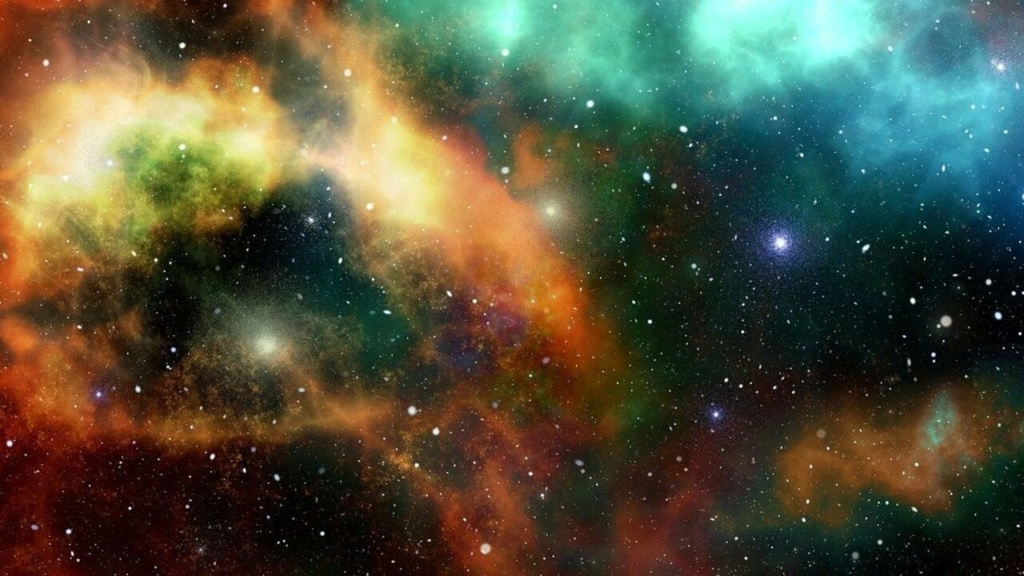The most distant galaxy ever discovered thanks to the James Webb Telescope

Astronomers using the newly operated James Webb Space Telescope (JWST) have announced the discovery of what appears to be the most distant galaxy yet.
This discovery is not the first for this year. In April 2022, astronomers announced that they had observed a galaxy at a moment in time only 330 million years away from the Big Bang. And last July, in other JWST data, another galaxy was found 300 million years after the Big Bang.
However, the new record holder is astonishing. It was discovered in the early darkness of the universe, and its time is only 235 million years after the Big Bang which is practically the blink of a cosmic eye, in the context of the universe's age of 13.8 billion years.
The discovery of a candidate galaxy, called CEERS-93316, marks the beginning of something great: Webb is preparing to launch the early universe wide open, giving us unprecedented insight into the dark and mysterious parts of the beginning of it all.
A research paper led by astrophysicist Callum Dunant of the University of Edinburgh has been submitted to the Monthly Notices of the Royal Astronomical Society, pending review, and is available on the arXiv preprint server.
The first billion years after the Big Bang are of great interest to cosmologists. During this time, the hot quantum soup that filled the universe after it blinked into existence somehow began to form everything: matter, antimatter, dark matter, stars, galaxies, and dust.
Since light takes time to travel, any light that reaches us from distant space is an event buried deep in the past; Therefore, light, in fact, is a time machine for great distances from the universe. But the early universe - really early on - presents an even bigger challenge: It's so far away that any light that reaches us is extremely dim.
Moreover, the expansion of the universe has resulted in the extension of even the most energetic waves into faint rays closer to the infrared parts, making it difficult to read the clearest things.
This makes detailed reconstruction at that time very difficult.
The era before the first stars were born has been referred to as the cosmic dawn. Beginning approximately 250 million years after the Big Bang, the entire universe was filled with a dark cloud of hydrogen atoms.
Thanks to the reionization epoch, the period of time during which hydrogen ionized again before the universe became transparent to visible light, about a billion years after the Big Bang, light can shine again unimpeded.
https://www.mc-doualiya.com/%D8%B9%D9%84%D9%88%D9%85/20220805-%D8%A7%D9%83%D8%AA%D8%B4%D8%A7%D9%81-%D8%A3%D8%A8%D8%B9%D8%AF-%D9%85%D8%AC%D8%B1%D8%A9-%D8%B9%D9%84%D9%89-%D8%A7%D9%84%D8%A5%D8%B7%D9%84%D8%A7%D9%82-%D8%AD%D8%AA%D9%89-%D8%A7%D9%84%D8%A2%D9%86-%D8%A8%D9%81%D8%B6%D9%84-%D8%AA%D9%84%D9%8A%D8%B3%D9%83%D9%88%D8%A8-%D8%AC%D9%8A%D9%85%D8%B3-%D9%88%D9%8A%D8%A8?ref=fb_i

